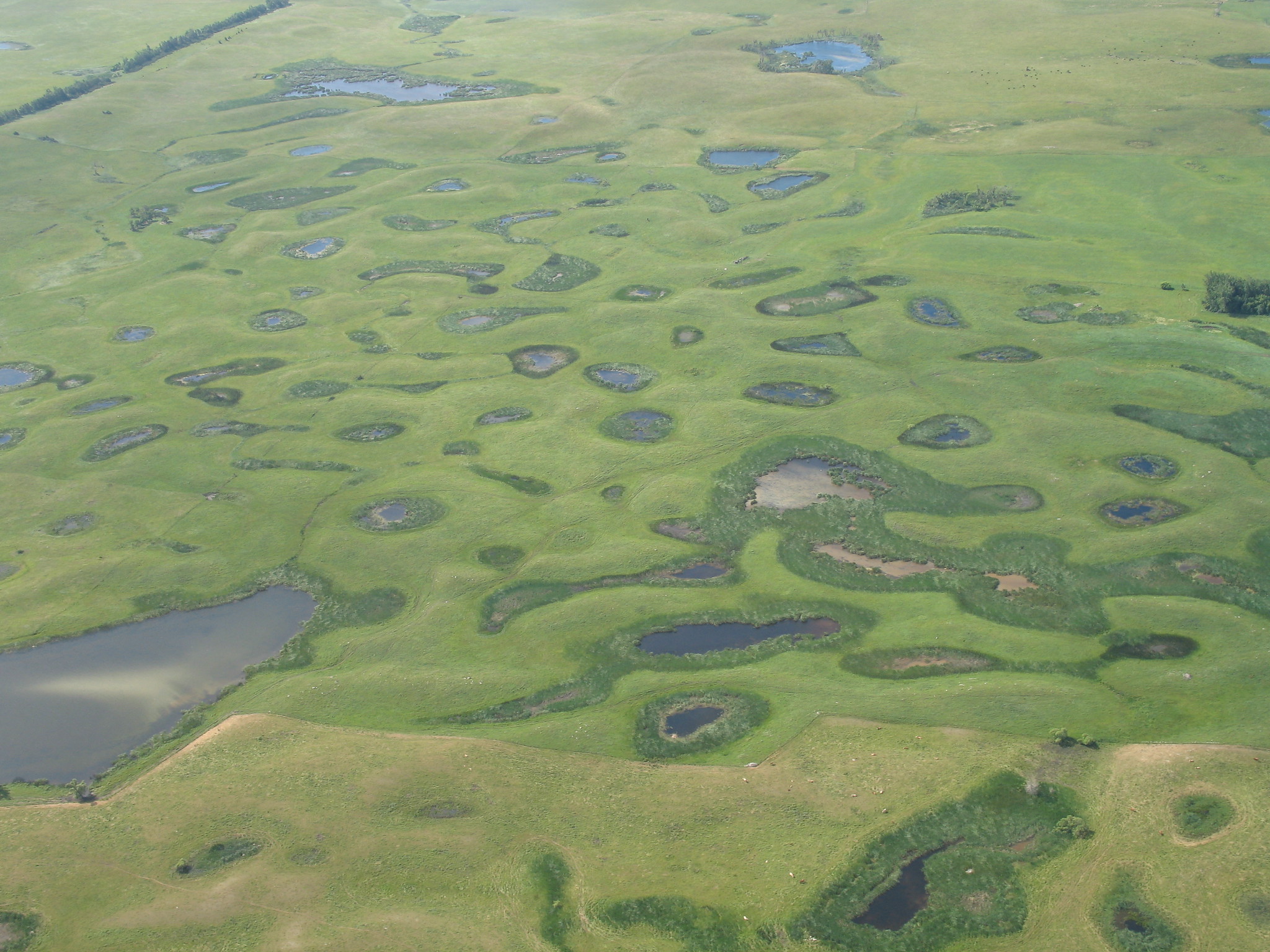Montana’s American Prairie Reserve recently completed the acquisition of three new properties that are rich in wildlife and waterfowl in a bid to continually expand the most ambitious private-public conservation project in the nation.
The recently acquired properties total 2,003 deeded acres, and grow American Prairie’s total size to a key milestone of almost 500,000 acres.
The American Prairie Reserve (APR) has an objective to create the largest single parcel of managed land for the purposes of conservation and recreation in all of North America. Their plan, which has seen the organization accumulate 100,000 of private land for these purposes, is to restore it to the pre-colonized state of the North American Great Plains as best as possible by using all that private acreage to stitch together large public land holdings like Upper Missouri Breaks National Monument and the Charles M. Russel Nat. Wildlife Refuge.
The recent property acquisition includes 2,003 acres containing a diverse landscape of wetlands, grasslands, and gumbo soils. It is not uncommon, writes APR, to see large populations of mule and white-tailed deer, pronghorn antelope, upland game birds, waterfowl, and prairie dogs.
Together, the lands increase the shared fence line with the Fort Belknap Indian Community by more than two miles, while also providing APR with more land along Highway 191 in Phillips County.
“Not only are these properties critical as sections of land that connect vital habitat, they also support the Big Warm Creek system—an important stream and riparian area,” said Alison Fox, CEO of American Prairie.
One of the parcels was generously gifted to American Prairie and had been owned by the same Minnesota family for close to 100 years. Ed “Andy” Kaufman’s grandparents, Andrew J. and Clifford Kate Kaufman, purchased the property after World War II, and under the family’s stewardship, it has remained untouched by development.
“My grandfather grew up on a small farm in southern Minnesota and worked in a grain elevator,” Kaufman told APR. “He was entrepreneurial and ambitious, and eventually got into farm real estate, which is how he acquired this property in Phillips County, Montana around 1945.” Kaufman said working with American Prairie has been a very positive experience.
“It wasn’t a difficult decision at all to donate this property. We wanted to share our good fortune in some small way, and knowing that the land will be preserved in its natural state for the future was very appealing to my sisters and me”.
The portion of land donated by Kaufman’s family is unique in the numerous prairie potholes it has which provide critical habitat for shorebirds, wading birds, waterfowl, and amphibians. The property is bordered on three sides by American Prairie’s Wild Horse unit and Fort Belknap on the remaining side. Its inclusion will increase the size of Wild Horse and the conservation organization’s shared fence line with Aaniiih and Nakoda tribal lands.
“We look forward to continue partnering with our Aaniiih Nakoda neighbors, many of whom share the vision of a full-functioning prairie ecosystem,” said Fox.
For decades, American Prairie has been honored to build relationships and establish mutually beneficial collaborations with the community at Fort Belknap. Shared work has included wildlife and bison restoration, tourism and economic development partnerships, and the sharing and preserving of cultural heritage. More information on American Prairie’s relationships with Montana’s Indigenous communities can be found at
These three latest acquisitions bring American Prairie’s total deeded and leased property to more than 462,000 acres. WaL
PICTURED ABOVE: “Prairie potholes” like these ones in South Dakota make up some of the terrain in the newly acquired properties. PC: US Fish and Wildlife Service Mountain Prairie, retrieved from Flickr. CC 2.0.



